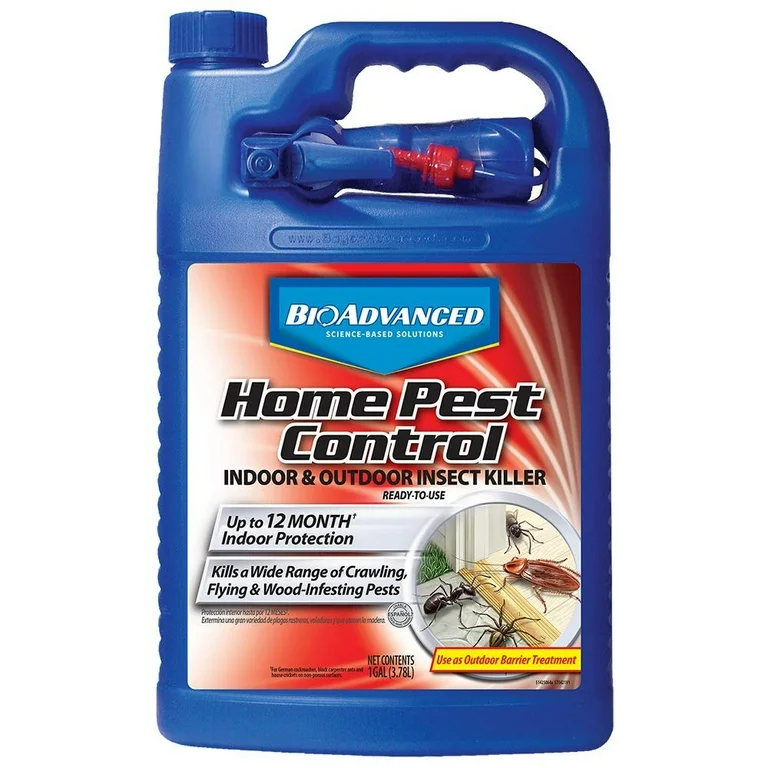A1 Pest Control Charlotte NC Bed Bugs - Specialist Extermination Services
Bed Insect Treatment Breakdown: Comparing Chemical Vs. Non-Chemical Solutions
In the world of insect control, specifically when handling the persistent issue of bed pests, the option in between chemical and non-chemical therapy options can be an essential one. Both strategies provide unique benefits and disadvantages, affecting aspects such as efficiency, safety considerations, and overall cost. By analyzing the nuanced details of each approach, a more clear understanding of which course to pursue in dealing with a bed insect invasion can be acquired.
Performance of Chemical Therapies
Chemical treatments for bed pest infestations have actually been commonly recognized for their powerful and fast efficacy in getting rid of these insects. When considering the effectiveness of chemical therapies, it is important to understand that they can supply a thorough and quick solution to a bed pest trouble.
Additionally, chemical treatments have the benefit of offering recurring results, indicating that they can continue to remove bed pests also after the first application. This residual activity is particularly advantageous in combating any kind of prospective re-infestations. In addition, the rapid activity of chemical treatments can bring relief to people encountering serious bed bug invasions, permitting them to restore control of their home quickly.
Safety Worry About Chemical Solutions
One crucial aspect that requires careful factor to consider when utilizing chemical services for bed insect treatment is making sure the safety of passengers and the atmosphere. While chemical therapies can be effective in eliminating bed bugs, they may posture threats if not managed correctly. One of the key safety and security worry about chemical remedies is the prospective injury they can trigger to human health and wellness. Direct exposure to certain chemicals used in bed pest treatments can cause breathing issues, skin irritation, or various other damaging reactions, especially in people with pre-existing conditions or sensitivities. Furthermore, inappropriate application or dosage of chemical pesticides can cause hazardous residues lingering in the cured location, positioning lasting health threats to occupants.
Additionally, the environmental impact of chemical options is another considerable consideration. Some pesticides utilized in bed insect treatments may be dangerous to helpful insects, wild animals, and ecosystems if they seep into the dirt or water systems. It is important to use chemical therapies carefully, adhering to safety guidelines, and taking into consideration much less poisonous choices to alleviate these dangers and make sure the risk-free and effective administration of bed pest infestations.
Benefits of Non-Chemical Techniques
Taking into consideration the potential safety and security problems and environmental impact related to chemical remedies for bed pest therapy, checking out non-chemical approaches offers a promising choice with several unique benefits. Non-chemical address techniques use a safer option for houses, especially those with pets, children, or people conscious extreme chemicals. These techniques get rid of the he said risks of direct exposure to poisonous substances, lowering the potential for adverse health results. In addition, non-chemical therapies are eco-friendly, as they do not add to air or water contamination, making them a sustainable selection for parasite control.
Additionally, non-chemical options can be effective in targeting bed insects, consisting of hard-to-reach areas where chemical therapies may not pass through. Methods such as warm treatment, vacuuming, steam cleaning, and cushion encasements supply complete obliteration without making use of dangerous chemicals. Moreover, non-chemical techniques can be much less disruptive, calling for marginal preparation and enabling for quicker reentry into dealt with areas. Generally, opting for non-chemical bed insect treatment techniques not just prioritizes safety and security and environmental management yet additionally ensures effective and extensive parasite control.
Limitations of Non-Chemical Treatments

Furthermore, non-chemical therapies frequently need numerous applications to attain successful elimination. This can be taxing and might not always assure complete elimination of all bed pests and their eggs, specifically in hard-to-reach or covert places.
Additionally, the success of non-chemical treatments heavily depends on try here correct execution and thoroughness, which can be challenging for individuals without expert competence. Insufficient application of non-chemical approaches might result in insufficient eradication, causing persistent infestations and the need for additional therapies.
For that reason, while non-chemical therapies have their benefits, it is necessary to recognize these restrictions and consider them when determining one of the most reliable technique for handling bed insect infestations.
Price Contrast: Chemical Vs. Non-Chemical Options
Given the limitations linked with non-chemical treatments, an essential element to evaluate in the context of bed insect management is the price comparison between chemical and non-chemical choices. In comparison, non-chemical treatments like warmth treatment or heavy steam can be extra expensive, with costs varying from $1,000 to $6,000 for a whole home. While the initial cost of chemical therapies might appear lower, several treatments may be required to completely get rid of the problem, possibly boosting the general expense.
Final Thought

Taking into consideration the potential security problems and environmental effect connected with chemical options for bed insect therapy, exploring non-chemical methods provides an encouraging choice with several distinctive advantages.Offered the limitations associated with non-chemical treatments, an essential facet to evaluate in the context of bed bug administration is the expense contrast in between chemical and non-chemical choices. In comparison, non-chemical therapies like warm therapy or heavy steam can be much more pricey, with prices varying from $1,000 to $6,000 for a whole home. While the initial cost of chemical treatments may seem lower, several treatments might be called for to fully eliminate the invasion, potentially enhancing the general cost.In conclusion, when comparing chemical and non-chemical bed bug therapy alternatives, it is vital to take into consideration effectiveness, safety, advantages, constraints, and expense.